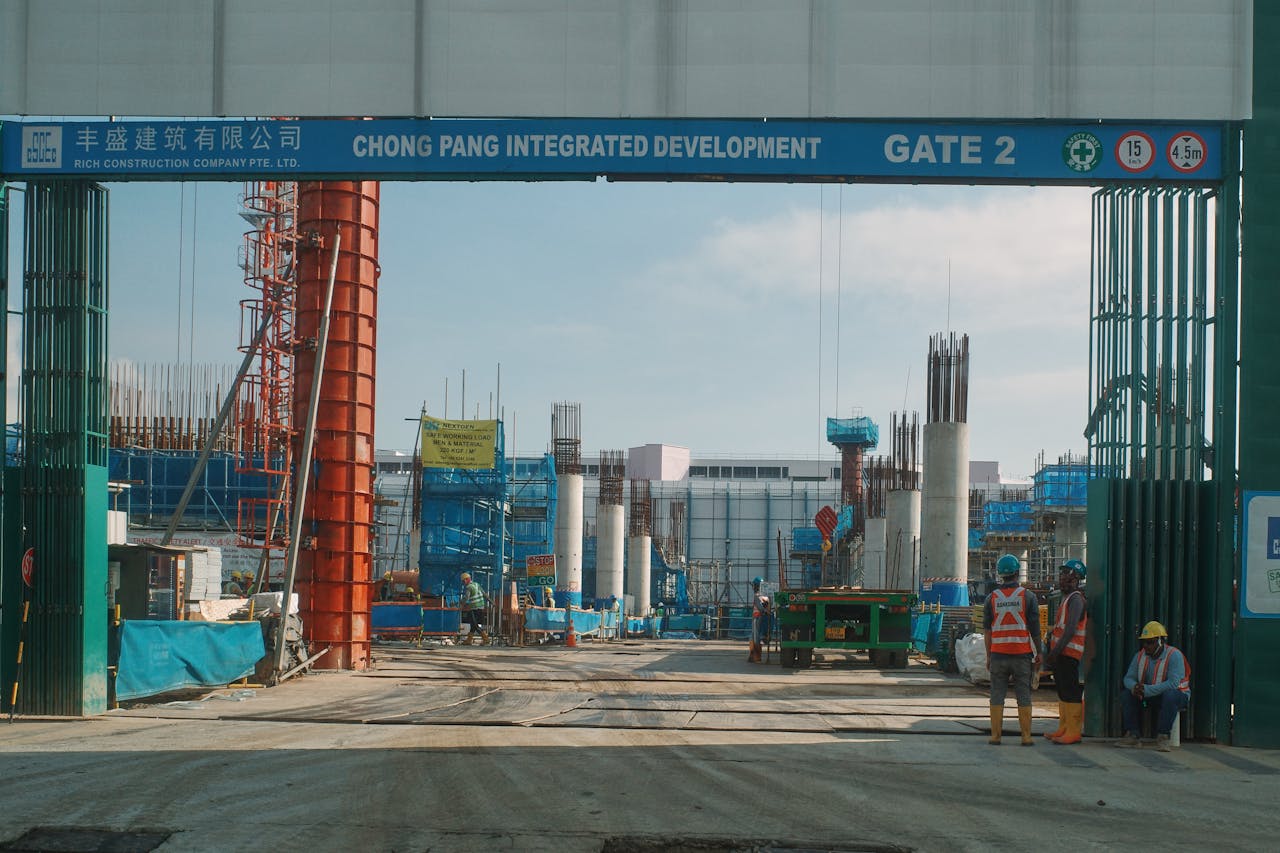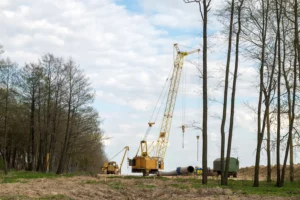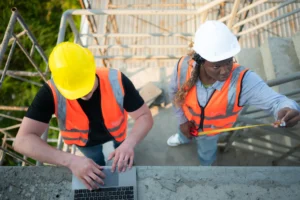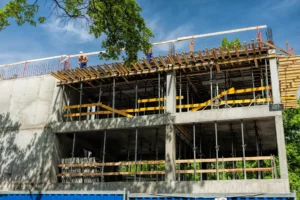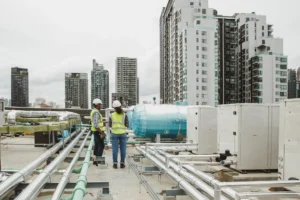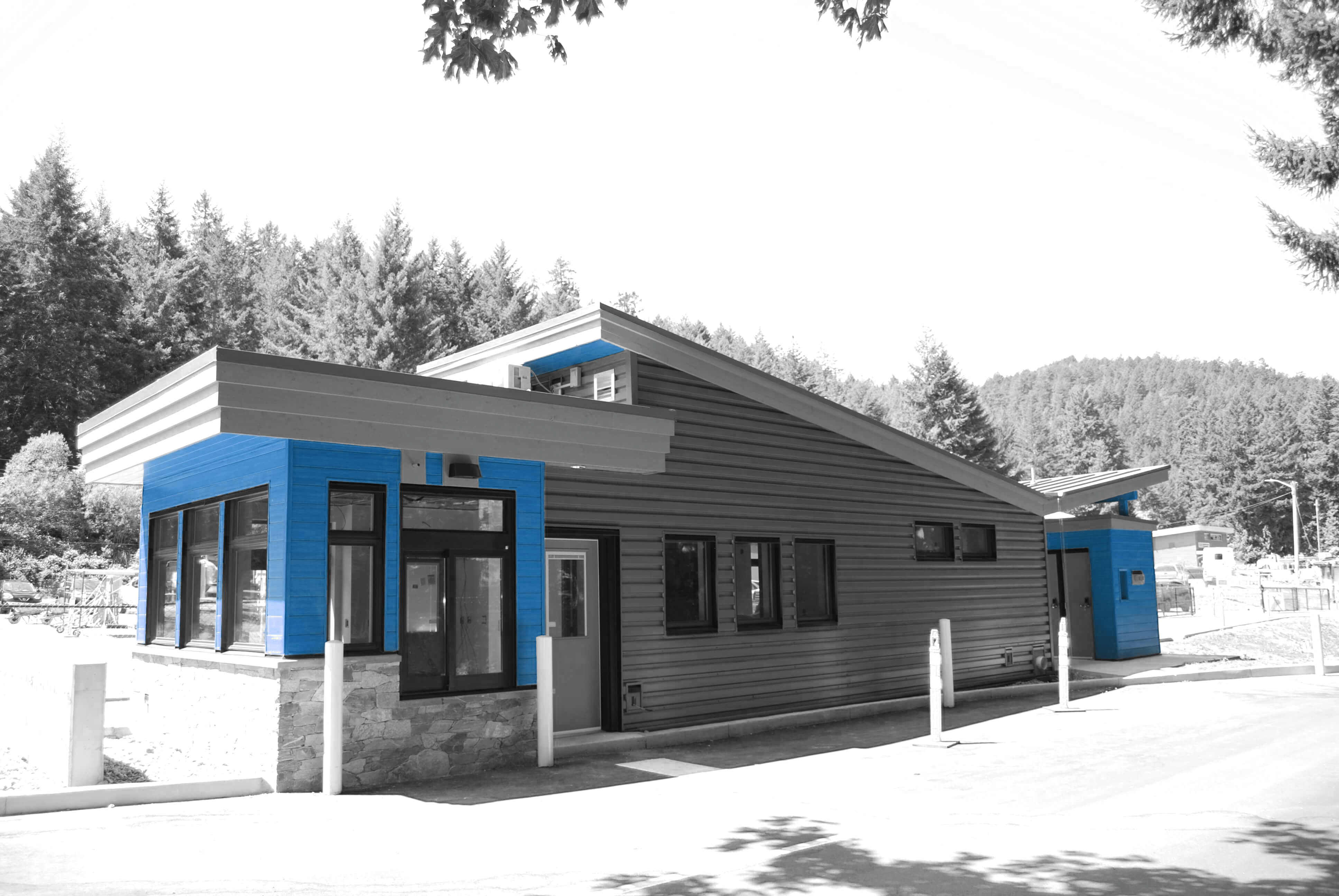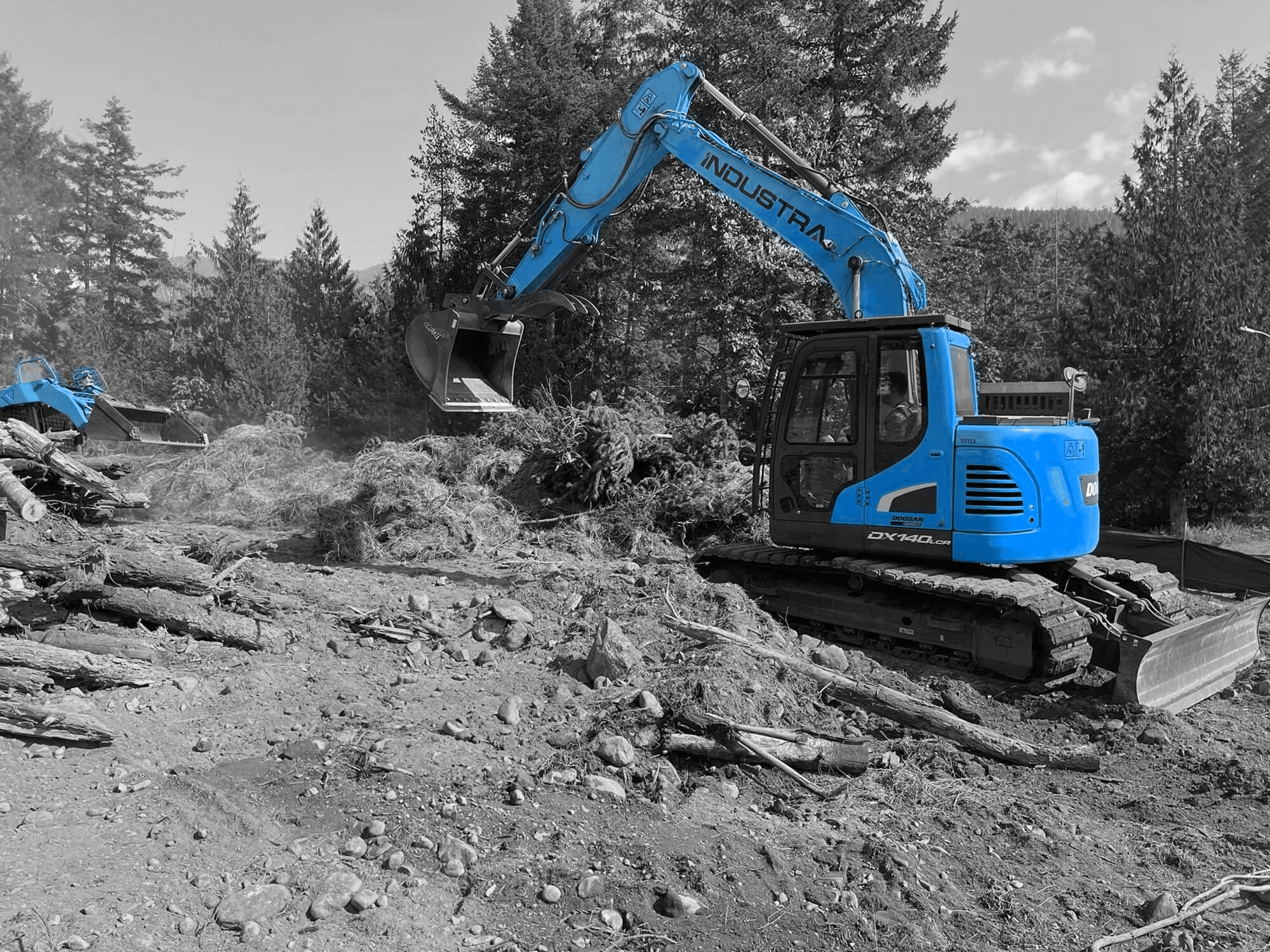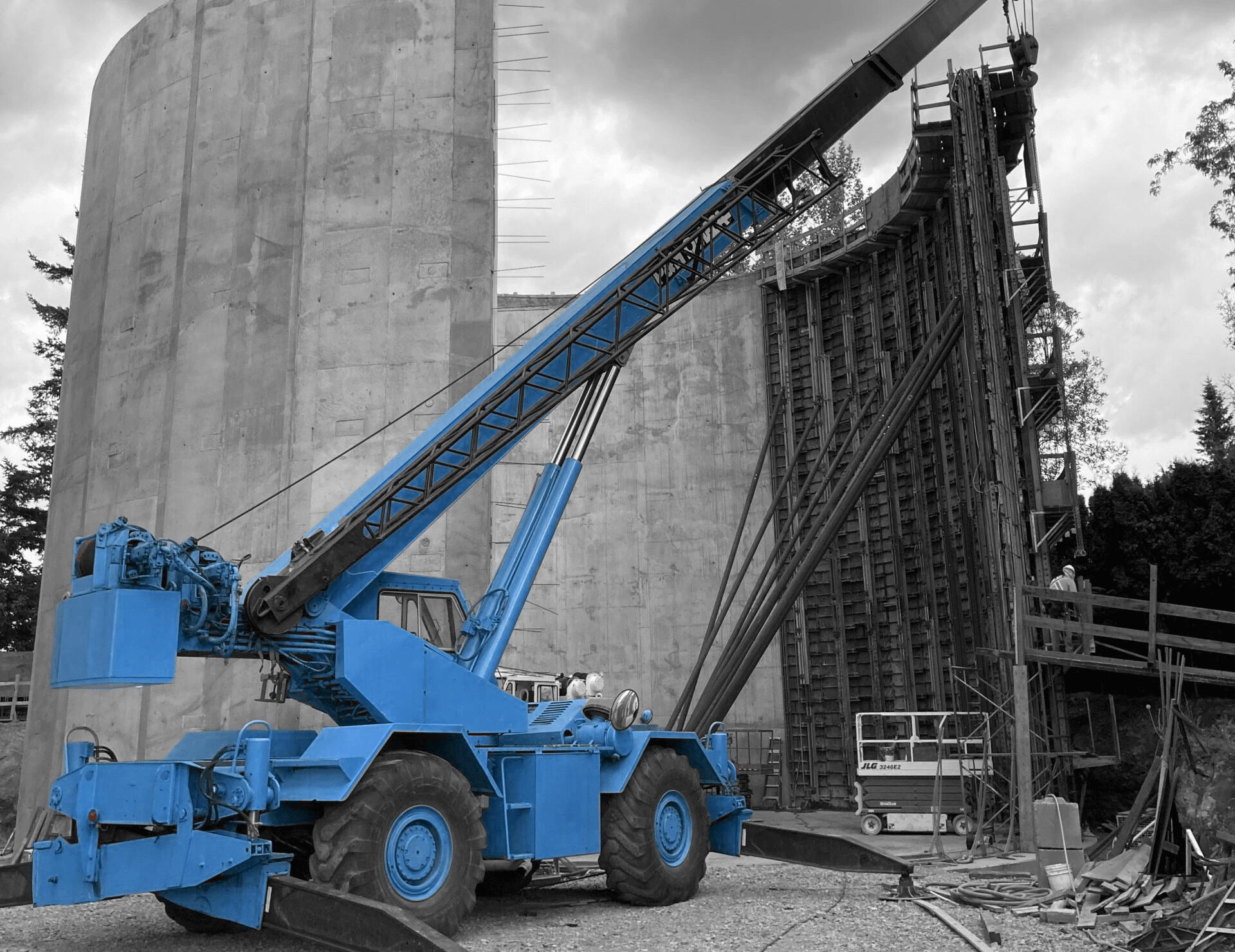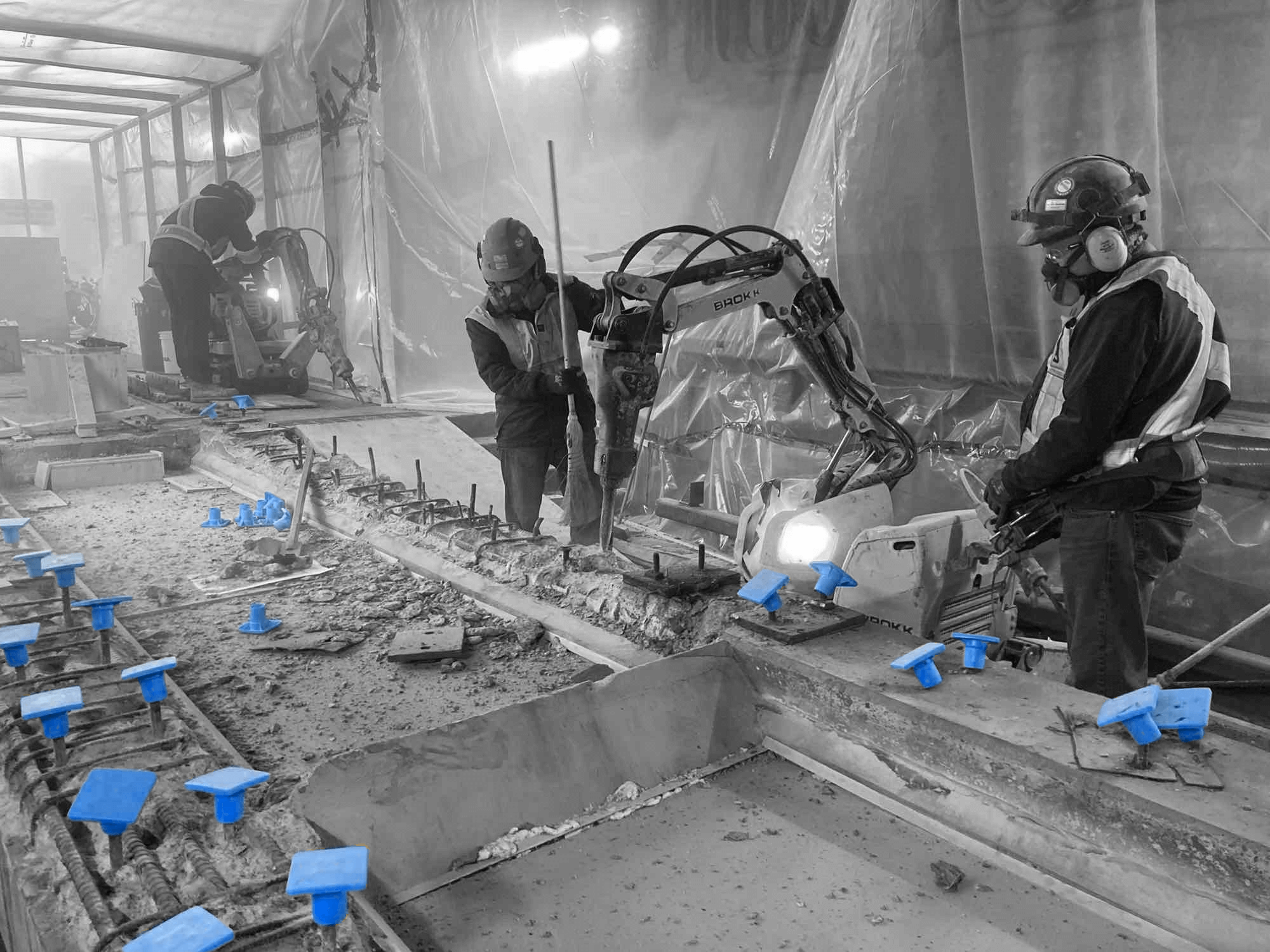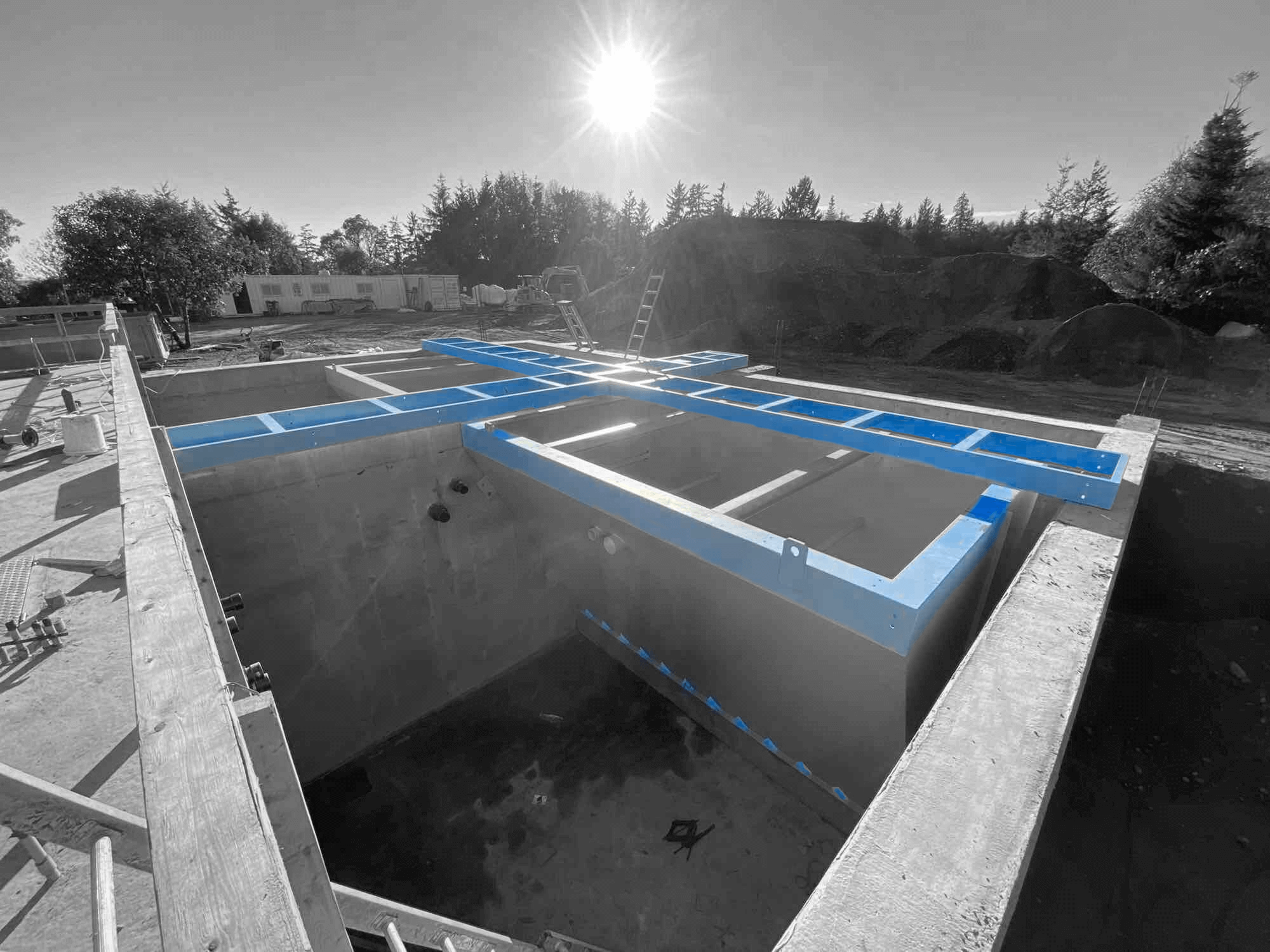In the construction world, risks and unexpected hiccups can spring up any time. It’s like trying to predict the weather—some days are bright, but others are filled with unexpected storms. Especially in civil construction, numerous factors can derail a project’s success. From minor delays to major structural failures, these challenges can cost time, money, and resources. Understanding how to prevent these setbacks is crucial for anyone involved in construction, ensuring projects stay on track and meet their goals.
Taking a proactive approach is key to avoiding common pitfalls in civil construction. Whether working in Surrey or Mississauga, the unique challenges of each area demand local knowledge and expertise. By focusing on robust planning, effective communication, and modern technology, builders can navigate these hurdles and drive projects to successful completion.
Understanding Common Failures in Civil Construction
Civil construction projects come with their own set of challenges and potential failures. They can arise from various factors such as poor planning, ineffective communication among stakeholders, or unforeseen environmental conditions. Here’s a look at some typical failings builders often face:
– Design Flaws: Inadequate designs can lead to structural issues that require costly rework.
– Material Shortages: Poor supply chain management can delay projects.
– Environmental Factors: Weather conditions and natural disasters can impact timelines.
– Safety Concerns: Inadequate safety measures can lead to accidents and delays.
Failures typically cause a domino effect, delaying the entire project and skyrocketing costs. To illustrate, when harsh winter conditions hit a site unprepared, it can halt work progress, leading to extended timelines and budget overruns. Knowing these risks upfront is vital.
Effective Planning and Risk Assessment
Laying down a solid plan is just like building a firm foundation for any project. Detailed planning helps identify potential risks before they become real problems. A thorough risk assessment acts as a playbook, showcasing possible challenges along with strategies to tackle them. Here’s how you can structure this process:
1. Identify Risks: List possible risks related to the project location, design, and timeline.
2. Analyse Impact: Evaluate the likelihood and potential impact of each risk.
3. Develop Strategies: Create contingency plans to manage identified risks effectively.
Having local knowledge significantly aids in this phase. Understanding the specific regulations, weather patterns, and geographical challenges in places like Surrey or Mississauga sharpens the planning process. Engaging local experts with hands-on experience can prevent many headaches down the line. By focusing on proactive measures, construction teams can sail smoothly through unforeseen challenges, ensuring projects are completed on time and within budget.
Utilising Advanced Construction Techniques and Technology
The adoption of modern construction techniques and technologies is revolutionising how civil projects are executed. These advancements help manage and reduce the risks that can lead to failures. Implementing cutting-edge tools and methodologies can significantly improve accuracy and efficiency on-site. For example, using Building Information Modelling (BIM) allows teams to visualise and plan every aspect of a project in a virtual environment before any physical work begins. This digital blueprint can highlight potential conflicts in the design phase, saving both time and money down the road.
Software tools for project management improve oversight and coordination. Systems like Project Management Information Systems (PMIS) ensure all team members are on the same page and can track progress in real time. These tools enhance decision-making and make sure projects stay on course. In many local projects around Mississauga and Surrey, such digital developments have proven invaluable in maintaining control over large-scale construction efforts.
Importance of Regular Inspections and Quality Control
Continuous inspections and stringent quality control measures ensure that a project isn’t just finished, but finished well. Regular site inspections mean catching issues before they become problems, maintaining the integrity of the construction process. This proactive approach ensures compliance with safety norms and building standards set by local authorities.
It’s a good idea to keep a checklist for site inspections. Here’s a quick guide:
– Structural Integrity Checks: Ensure all parts meet design specifications.
– Safety Protocols: Verify workplaces adhere to safety guidelines.
– Equipment Maintenance: Regularly inspect machinery to prevent breakdowns.
– Material Quality: Confirm the materials used are up to standard.
Quality control goes beyond just the physical aspects of construction. It encompasses ensuring documentation and processes align with legal and safety standards specific to areas like Surrey and Mississauga. This vigilance guarantees that the final output is strong and durable, reducing the risk of future failures.
Collaboration and Communication Among Stakeholders
Effective communication is the linchpin of a successful construction project. Civil construction involves a variety of players, from contractors and architects to local authorities and clients. Keeping everyone in the loop can be challenging, but it’s crucial for preventing misunderstandings that could lead to delays or additional costs.
Creating a communication plan at the project’s outset sets expectations for how information will be shared. Weekly check-ins or update meetings ensure everyone understands recent developments and upcoming tasks. Encouraging open dialogue allows team members to express concerns or suggest improvements, fostering a collaborative environment that benefits the project’s overall health.
Building Resilience: Best Practices and Lessons Learned
Drawing lessons from each project builds a reservoir of knowledge for handling future challenges. Reflecting on past experiences helps identify what worked well and what didn’t, shaping strategies for upcoming projects. It’s about learning from each step, even if things didn’t go according to plan.
1. Document Learnings: Record successes and mistakes in a centralised system.
2. Analyse Outcomes: Hold post-project reviews to discuss what could be done differently.
3. Implement Changes: Apply insights gained to enhance operations and methodologies.
By focusing on improvement and resilience, construction teams can better prepare for unanticipated hurdles. This ongoing cycle of learning and adaptation strengthens capabilities, ensuring long-term project success.
Prevent Civil Construction Project Failures
In the world of civil construction, staying ahead of potential pitfalls means engaging in comprehensive planning, adopting innovative tools, and fostering strong communication. Each project is unique, yet the principles of proactive management remain constant across locations like Surrey and Mississauga. By concentrating on these elements, construction teams can keep projects running smoothly, achieving outcomes that stand the test of time.
As you move forward in this sector, remember that the path to success is as much about predicting and preparing for the unexpected as it is about execution. Every project can become a cornerstone of success when equipped with the right strategies and insights.
To ensure your civil construction projects in Surrey run smoothly and avoid common pitfalls, partnering with a knowledgeable civil constructor is key. Discover how Industra Construction Corp. can support your ventures with expert strategies and local insights, helping you achieve success with robust planning and innovative solutions.


